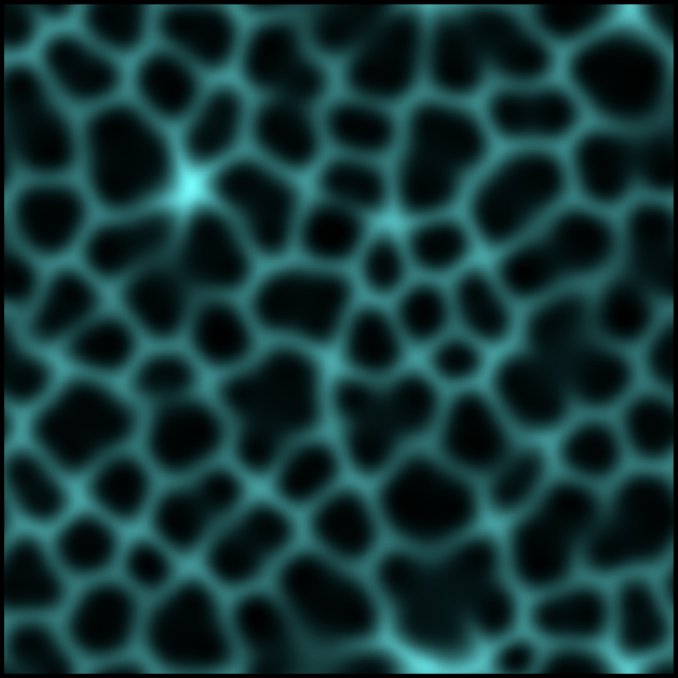Supramolecular assemblies in active motor-filament systems: micelles, bilayers, and foams
Filippo De Luca, Ivan Maryshev, and Erwin Frey
 Understanding the complexity of living systems poses a significant challenge for modern physics. Active matter offers a platform to explore the fundamental principles driving emergent collective behavior and self-organization. Recent experiments have shown that microtubules interacting with kinesin-4 motors can form structures such as active aster-like micelles and a novel non-equilibrium phase known as active foam. We have developed a field theory to describe these active supramolecular structures, explaining how motor-mediated interactions between microtubules give rise to these macroscopic patterns. Our numerical simulations reproduce the active micelle and foam phases observed in experiments, as well as the density-controlled transition between them. In our model, this transition occurs via a branching instability, breaking the radial symmetry of the micelles and leading to bilayer branch growth along the perimeter.
Understanding the complexity of living systems poses a significant challenge for modern physics. Active matter offers a platform to explore the fundamental principles driving emergent collective behavior and self-organization. Recent experiments have shown that microtubules interacting with kinesin-4 motors can form structures such as active aster-like micelles and a novel non-equilibrium phase known as active foam. We have developed a field theory to describe these active supramolecular structures, explaining how motor-mediated interactions between microtubules give rise to these macroscopic patterns. Our numerical simulations reproduce the active micelle and foam phases observed in experiments, as well as the density-controlled transition between them. In our model, this transition occurs via a branching instability, breaking the radial symmetry of the micelles and leading to bilayer branch growth along the perimeter.
Our theory highlights three crucial features of the microscopic interaction required for the transition from active micelles to foams. First, while parallel alignment is needed to form polar structures, we show that antiparallel alignment is essential to stabilize the orientational order in the bilayer. Second, antiparallel sliding is fundamental for the polarity sorting inside the bilayer, pulling the two opposing microtubule fronts apart. Third, an inhomogeneous motor concentration, resulting from the directed motion of the motors along the filaments, drives the spatial organization of the system into regions of elevated activity, allowing the formation of complex ordered structures. In addition to reproducing the experimental results, our theory yields new phenomena that haven’t been observed yet in vitro. As the motor concentration is increased, the micelles “open up,” exhibiting large depleted central regions. Conversely, at higher motor concentrations, the micellesundergo a fingering instability, bending their shape into lobes. Thus, our work suggests that exploring larger regions of phase space in experiments may reveal a broader range of patterns.
Numerical simulations are complemented by an analytical study of the continuum equations. In particular, we investigate the mechanisms that drive the branching and fingering instabilities. While the instability conditions we derive are general, we also provide heuristic arguments for the origin of these terms in our microscopic model, thus explaining the instabilities both from a microscopic and from a continuum perspective. Due to the general character of our analysis, we expect our instabilities to be relevant for a wide variety of systems beyond microtubule-motor mixtures.
Our work provides a new perspective on polar active matter, demonstrating the emergence of complex phases even in the absence of self-propulsion, when the activity results in relative motion of interacting pairs of agents. It constitutes the first theory exhibiting polar active foams, providing a direct link to a concrete physical system by systematic coarse-graining. It reveals how active agents can self-organize into structures reminiscent of passive supramolecular assemblies, such as micelles and bilayers, via a non-equilibrium pathway. From the biological perspective, the mechanisms presented here can be generalized to understand the formation of complex structures within the cytoskeleton of living cells. From a theoretical standpoint, a particularly promising topic to explore is the connection between the polar active foams presented here and the scalar and nematic foams proposed phenomenologically in earlier work.

